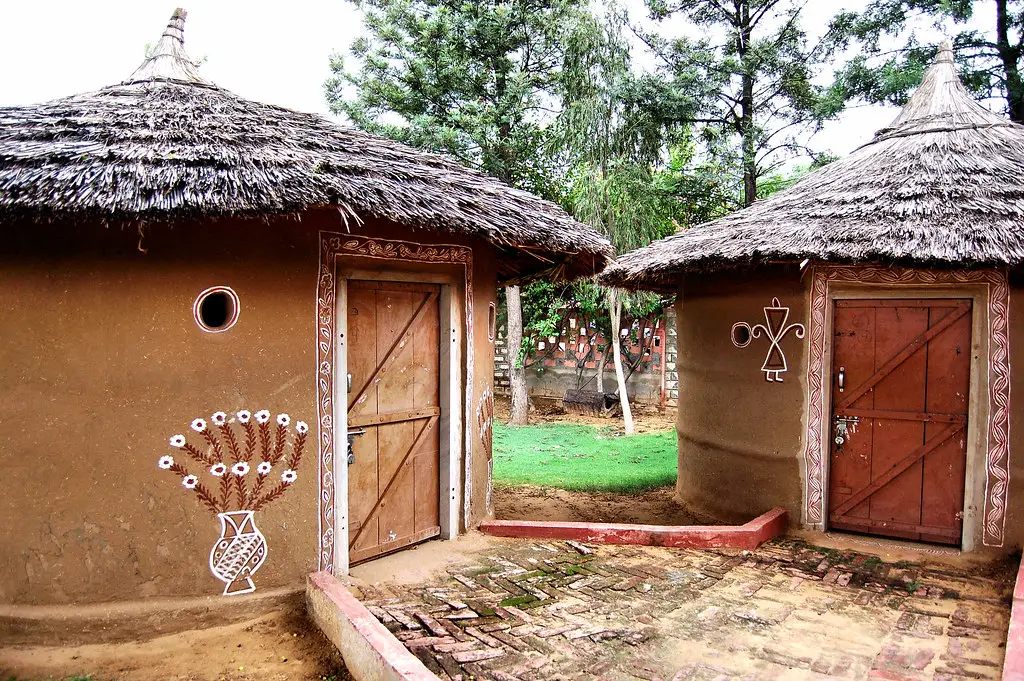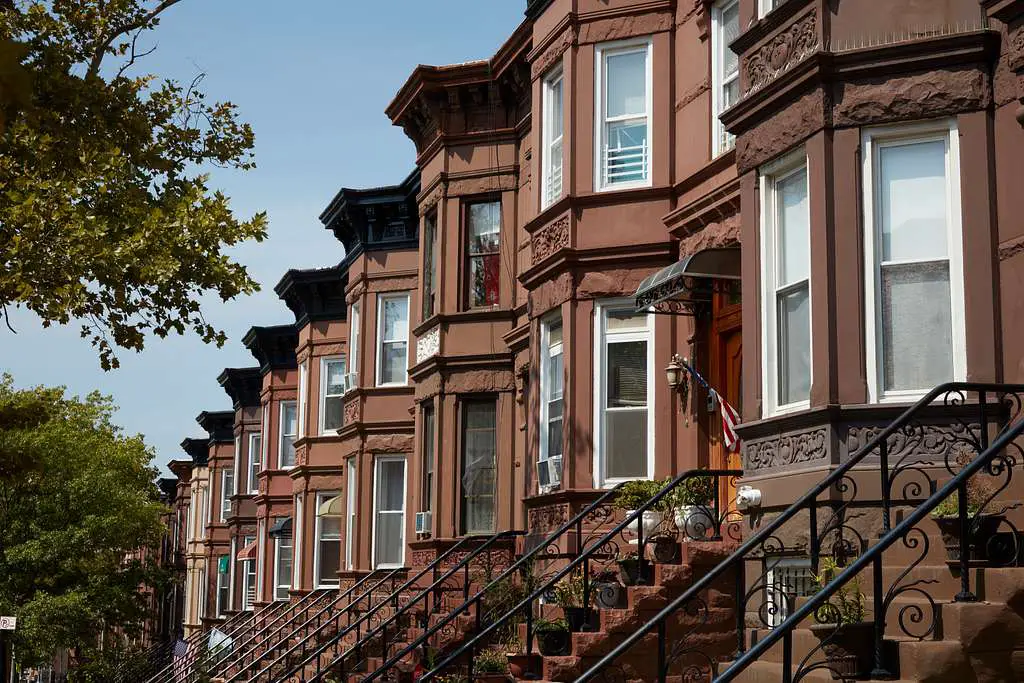Architecture is more than just structures—it tells a story of resilience, culture, and innovation. Across the African diaspora, Black communities have developed and influenced architectural styles that reflect history, identity, and adaptation. From traditional African influences to uniquely American innovations, these architectural styles stand as testaments to Black creativity and endurance. Here are five architectural styles deeply rooted in Black history.
1. Shotgun Houses

Shotgun houses are one of the most iconic architectural styles linked to Black history, particularly in the American South. These narrow, rectangular homes are designed so that all rooms are aligned in a straight row, allowing air to flow freely from the front door to the back. The design is believed to have African and Caribbean roots, tracing back to Haiti and West Africa, where similar structures were built for hot climates. Enslaved Africans and their descendants used this style to construct affordable homes in the post-Civil War era.
Shotgun houses became common in cities like New Orleans, Houston, and Louisville, providing working-class Black families with accessible homeownership opportunities. These homes were often brightly painted and decorated with intricate woodwork, showcasing the creativity of their owners. Despite urban renewal efforts that have displaced many communities, preservationists have worked to restore historic shotgun houses as cultural landmarks. Today, they are celebrated for their historical significance and sustainable, space-efficient design. Many cities are revitalizing these homes for modern use while maintaining their original character. The shotgun house remains a symbol of Black resilience and architectural ingenuity.
2. Gullah Geechee Vernacular Architecture

The Gullah Geechee people, descendants of West Africans who were enslaved on the coastal regions of South Carolina, Georgia, and Florida, developed a distinct architectural style that reflects both African and American influences. Their homes are typically one-story wooden structures with wide porches, large windows, and raised foundations to protect against flooding. The use of tabby concrete, a mixture of lime, oyster shells, and water, showcases a building technique brought from West Africa.
Many Gullah homes also incorporate exterior kitchens, a practice that originates from African traditions of communal cooking. These structures were designed for the hot, humid climate of the Lowcountry, allowing natural ventilation and shade. The porches, often called “piazzas,” serve as gathering spaces where families share stories and oral traditions. Over time, Gullah architecture has influenced Southern coastal designs, with elements appearing in modern beach houses. Efforts to preserve Gullah Geechee homes are ongoing, as gentrification threatens the cultural legacy of these communities. Today, these structures stand as a tribute to the ingenuity and resourcefulness of the Gullah Geechee people. Their influence remains a vital part of Black history and Southern architectural heritage.
3. Creole Cottages

Creole cottages, which originated in Louisiana, blend African, French, and Caribbean architectural elements. These homes are typically one-and-a-half stories with steeply pitched roofs, wide front porches, and symmetrical facades. The design evolved from the building styles of enslaved Africans and free people of color who lived in New Orleans in the 18th and 19th centuries. Creole cottages are distinct from other Southern homes because of their raised foundations, which help protect against flooding in coastal regions.
The homes were often constructed with cypress wood, a material that resisted rot and insects in the humid Louisiana climate. Large doors and windows allowed for natural ventilation, a necessity in the pre-air conditioning era. The interiors often featured open floor plans, a design element influenced by West African communal living spaces. Many historic Creole cottages remain in New Orleans’ French Quarter and Tremé, neighborhoods with deep Black cultural roots. Despite modernization, preservation efforts have kept these homes intact, celebrating their significance in Black architectural history. Their enduring presence is a testament to the craftsmanship and cultural influence of Black builders and designers.
4. Brownstones and Row Houses

While brownstones and row houses are often associated with cities like New York, Philadelphia, and Baltimore, they have strong ties to Black history. During the Great Migration, when millions of Black Americans moved north, brownstone-lined neighborhoods became hubs for Black communities. Harlem, Brooklyn’s Bedford-Stuyvesant, and Washington, D.C.’s Shaw neighborhood are prime examples of Black cultural centers housed in these architectural gems. Many of these homes were originally built in the 19th century but later became affordable housing for Black families due to redlining and discriminatory real estate practices.
Black homeowners and landlords transformed brownstones into multi-family residences, allowing generations of families to build wealth despite systemic barriers. These homes are characterized by their iconic stoops, high ceilings, bay windows, and intricate stonework. The interiors often feature detailed wood carvings and fireplaces, reflecting the craftsmanship of Black artisans who helped construct them. Today, brownstone neighborhoods remain key locations for Black culture, with many historic homes being restored by Black homeowners and developers. Their legacy as symbols of Black prosperity, community, and cultural identity continues to thrive. The brownstone represents more than just a home—it’s a piece of Black history preserved in stone and brick.
